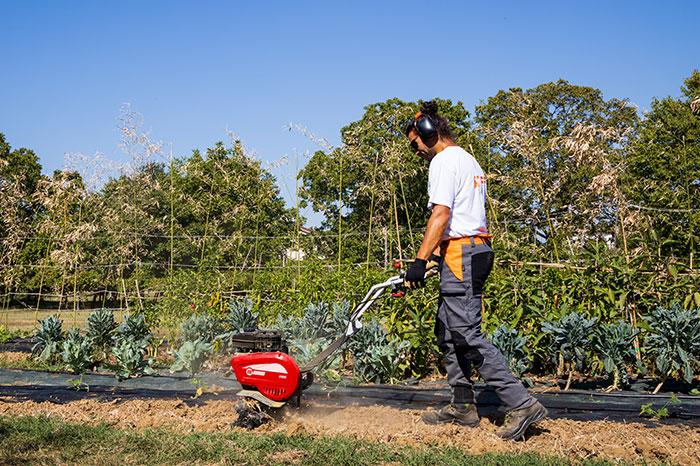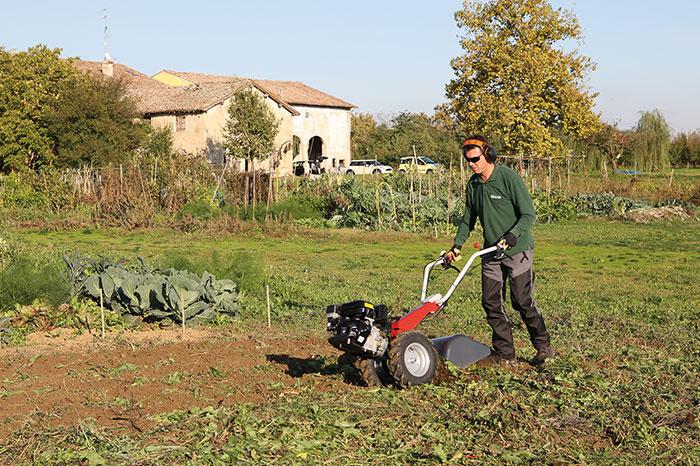Proper soil preparation

Preparing soil for crops is a process of precise steps requiring the utmost care. Nature always has the last word, so from time to time you need to think carefully about the soil and weather conditions, as well as the type of crops you are planting. In previous articles we talked about various techniques that can be useful for preparing soil, such as flail mowing, ploughing and tilling. In this article we will try to reorder these techniques into a proper sequence of steps and offer some general rules of thumb to help you prepare soil successfully.
Some rules
The first rule to always remember is never work frozen soil, because frozen earth is hard, exhausting to turn over and, most importantly, by doing so you will expose all the microorganisms that live underground to low temperatures. Another rule to bear in mind is never work wet soil; this rule is especially important if you are dealing with clay soil, because working in wet conditions mixes the soil into a paste, which subsequently dries into a hard crust that prevents sowing. The climate greatly influences the farmer's calendar: for example, soil preparation should be postponed during a rainy winter, which causes the subsoil to decay and exposes it to freezing, as opposed to a snowy winter, which facilitates the structural regeneration of the soil.


The main stages
When the right moment has arrived to start preparing the soil, proceed with the following steps in order: flail mowing, ploughing, tilling, levelling and sowing. Of course, which steps are needed depends on the soil conditions; if you have already removed the previous crop from the ground (such as by uprooting tomato plants by hand), there is no need for flail mowing, which is instead useful in the case of corn, wheat or lettuce crops. Ploughing is an essential step that breaks the soil into clods before it can be refined and pulverised in the tilling stage. The soil can instead be dug up as an alternative to ploughing. In the case of ploughing, it is advisable to add ballast weights to your two wheel tractor, because this will improve the vehicle’s performance and the quality of the ploughed soil.
Once the earth has been reduced to clods, you can perform the first fertilisation, using fresh compost in the first two months of the year, or only ripe compost from March onwards.
Tilling will ensure that the soil is properly mixed and crushed. The next steps depend specifically on what the soil will be used for and the type of crop you want to grow. If you are preparing the soil for transplanting horticultural crops, you can use the false sowing technique, by leaving the tilled soil to rest for 20 days and then reworking it before transplanting; whereas, in the case of green manures, sowing can be carried out immediately. Sowing can be done manually, or automated by attaching seeders to your two wheel tractor.
It is important to note that the specific preparation process varies based on the vegetable or crop; however, the above steps provide a guideline for obtaining the best results.



